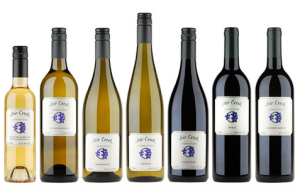
Most people can recognize a wine bottle when they see one. Despite the wide variety of bottle shapes and sizes, there are three styles that are the most common: the Bordeaux, the Burgundy, and the Mosel/Alsace. These bottle styles appeared due to significant advances in glass making in the early 1800s, which allowed for thicker and stronger glass, making reliable transportation of wine in glass bottles possible. They differ based primarily on what type of wine they store. Another reason why there are so many varieties is tradition.
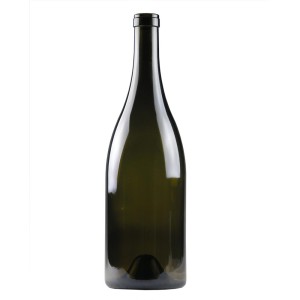
The Burgundy bottle is a heavy bottle with gently sloping shoulders made out of dark green glass. First made in the nineteenth century, the simple yet elegant shape is believed to be designed to be easier to create by glass-blowers. The bottle is used primarily for Chardonnay and Pinot Noir, which are the two main grape varieties in Burgundy, France.
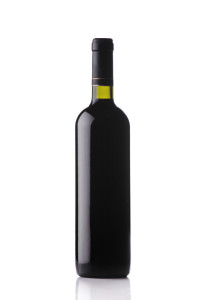
Soon after the invention of the Burgundy bottle, the Bordeaux was created. The Bordeaux has taller shoulders than the Burgundy. Some believe the shoulders were designed to catch sediment from old wine while it is poured. This bottle stores Cabernet Sauvignon, Merlot, and other Bordeaux blends.
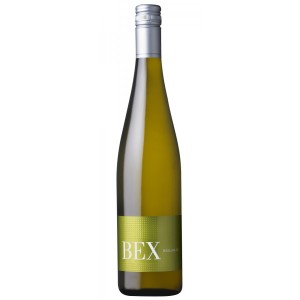
Finally, the Mosel/Alsace bottle, used mainly for storing Riesling and Gewurztraminer, is much taller and slimmer than the Burgundy and Bordeaux. The slender design is thought to be to fit as many bottles as possible in the hulls of ships down the Rhine river.
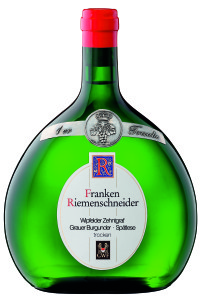

Just for fun, here’s a bottle called Bocksbeutel, which has a bulbous body and a short neck. They are designed to be easier to carry by mimicking the shape of a canteen.
Sources:
http://vinepair.com/wine-blog/why-wine-bottles-come-in-different-shapes/
http://www.thewinedoctor.com/advisory/buystorebottleshapes.shtml
http://www.wineponder.com/wine-bottle-shapes-and-size
http://www.cellarnotes.net/bottleshapes.html
http://vinepair.com/wine-blog/history-wine-transport-8000-years/

1 Comment. Leave new
I found your post extremely interesting. As a wine lover myself, I have noticed the similarities in wine bottle, but never knew there was such a history associated with the shape of them. In the future, it might be interesting to know more about the color of the bottles rather than just the shape. Most bottles are in the same color range (clear to green) and are rarely seen in colors like blue and red. Why is that? I appreciated the obvious research that went into writing the post and the post was well written and had clear direction. My only note would be that you could have added more personal comments and opinions about wine bottles.